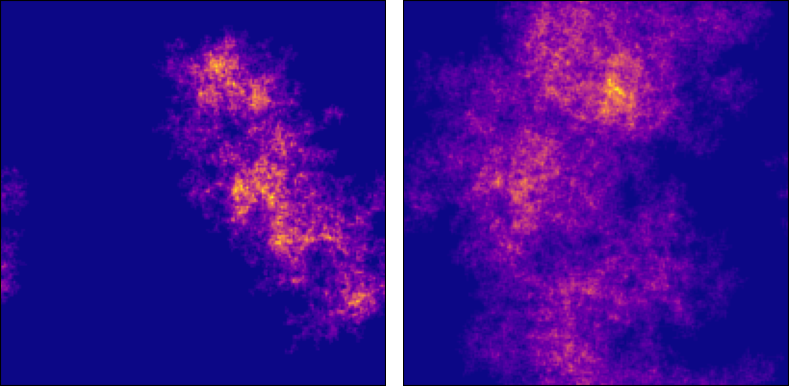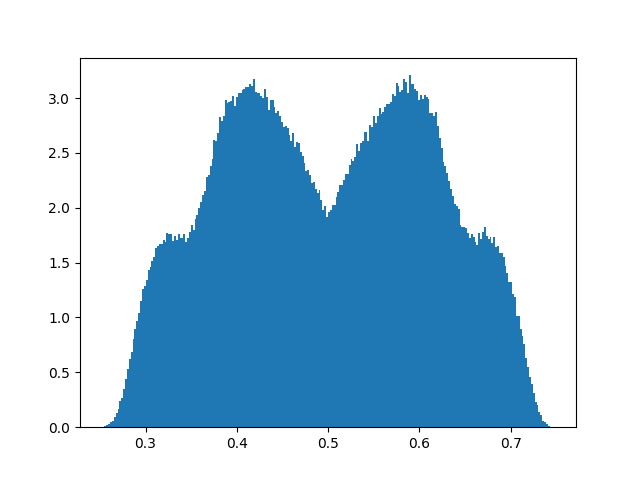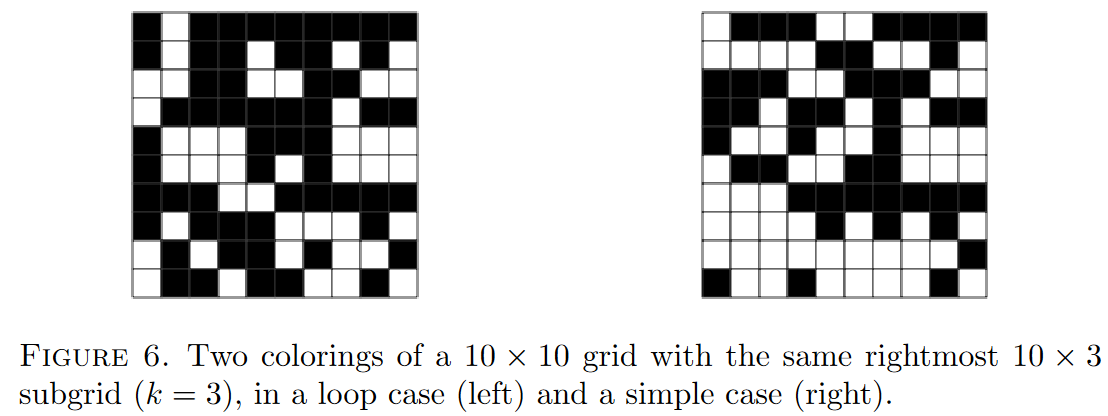Self organized criticality for abelian particle systems
In the 1980s physicists Per Bak, Chao Tang and Kurt Wiesenfeld coined and popularized the idea of self organized criticality (SOC),
a phenomenon they observed in real-world systems like avalanches and forest fires. In these systems, energy slowly builds up over time,
and is released in shocks with sizes that follow a statistical power law. They proposed a number of simple
but mathematically challenging models to study SOC, including the abelian sandpile model, a precursor to activated random walk (ARW).
Deepak Dhar later proved that the sandpile has a certain abelian property, which is shared by activated random walk.
Simulations suggest that ARW has a critical limiting state that exhibits SOC in a robust way, with little dependence on the exact setup
of the model. Research on ARW has recently gained traction, and many results on the critical density are now available. Still,
we lack a mathematical description of exactly how SOC arises for ARW. While the two-dimensional case is of particular practical interest,
ARW in one dimension, on a tree, or in the mean field (on the complete graph) are more tractable, and are not yet fully solved.
Talk slides
Active phase for the stochastic sandpile on \(\mathbb{Z}\), with C. Hoffman, Y. Hu, and D. Rizzolo. Submitted to CPAM, 2023
Active phase for activated random walk on \(\mathbb{Z}\), with C. Hoffman and L. Rolla. Published in CMP, 2022.
Activated random walk on a cycle, with R. Basu, S. Ganguly, and C. Hoffman. Published in AIHP, 2019.





